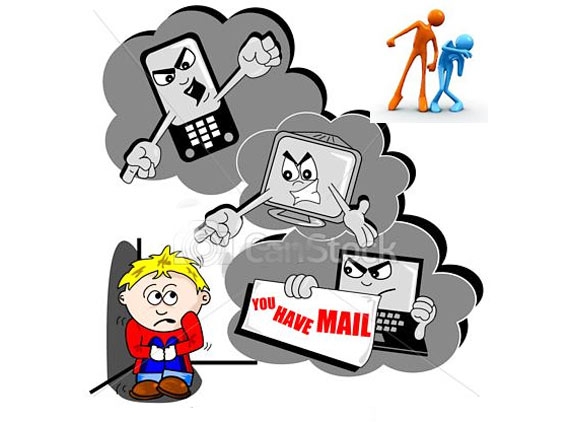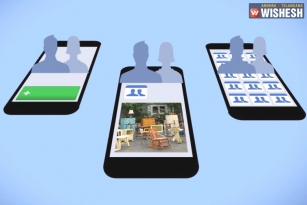
Social networking and social media sites are most predominantly used by teens (15-18). Their hard pressed to stay connected online has opened the door to cyber-bullying.
Bullying in educational institutes, to some extent has been controlled with the anti ragging laws in force, effectively. Of course some stray incidents are on the prowl. But a recent survey has shown startling facts about Indian children being pruned to cyber-bullying. The results done by a global research company reveals that Indian kids are the most affected by cyber-bullying. Every development seems to have its own toll attached, as complimentary. All these days we thought our children would gain knowledge, using the internet and social networking. But this one at alarming levels indicates that the parent has to be completely in control of the wards internet sessions.
The survey done by Ipsos - a global market research company - found that 45 percent of Indian parents believed a child in their community was being cyber-bullied, while a majority (53 percent) parents are aware of the issue. Cyber-bullying is when a child or group of children -- under the age of 18 -- intentionally intimidate, offend, threaten or embarrass another child or group of kids specifically through the use of information technology, such as a website or chat room on internet, a cellular telephone or another mobile device.
“The findings are quite surprising, which revealed that the frequency of cyber-bullying in India was higher than that of western nations, including the US (15 percent), Britain (11 percent) and France (5 percent). Prior to this survey, there has been little evidence to suggest cyber-bullying is a major issue in the country," said Biswarup Banerjee, head - marketing communications, Ipsos in India.
As a matter of caution we would like to keep before you the various reasons and forms of cyber-bullying. Hope this are of much help to the parents, while keeping tab on their surfing sessions.
The American National Crime Prevention Council notes some common forms of cyber-bullying include:
• Sending threatening emails or text messages
• Blocking someone’s email, someone through social networks
• Tricking someone into revealing personal or embarrassing information and sending it to others
• Creating websites to make fun of another person such as a classmate or teacher
• Using websites to rate peers as prettiest, ugliest, etc.
The signs that a child is being cyber-bullied vary, but a few things to look for are:
• signs of emotional distress during or after using the Internet
• withdrawal from friends and activities
• avoidance of school or group gatherings
• slipping grades and “acting out” in anger at home
• changes in mood, behavior, sleep, or appetite
(AarKay)















